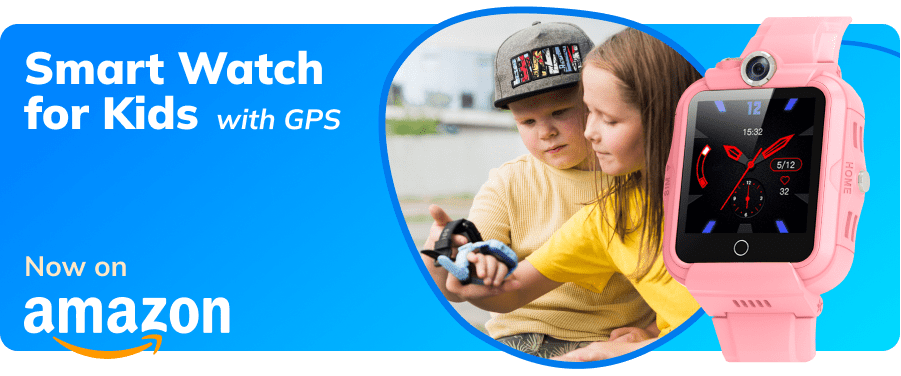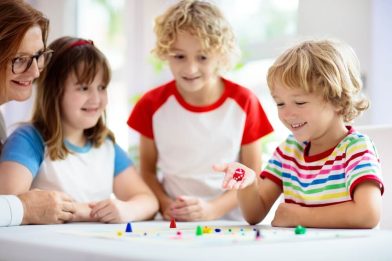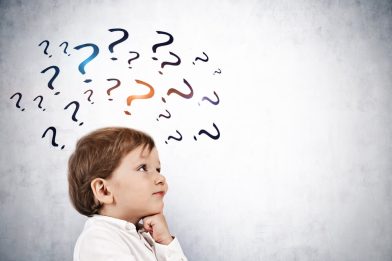Ultimate Classroom Games for Kids—and How to Choose the Right Ones

The classroom isn’t just about serious study—it’s also the perfect place to learn while having fun! The best classroom games for kids can help develop a wide range of skills, from boosting cognitive ability to helping children make social connections.
If you’re looking for a great game to play in the classroom, we’ve got the ultimate list of options below, from five-minute icebreakers to creative classics and everything in between.
Contents:
- Why Classroom Games Are Important for Kids
- Types of Classroom Games for Kids
- How to Choose the Right Classroom Game
- Best Classroom Games for Kids
- Tips for Implementing Classroom Games Effectively
- FAQs
Why Classroom Games Are Important for Kids

BearFotos/Shutterstock
Classroom games offer a huge range of benefits to kids. For school-reluctant children, they can be a great means of making the classroom environment more appealing and can also be an effective way to reinforce what’s been learned in earlier lessons. On the other hand, physical class games allow children to let off a little steam, helping them settle down for the next round of learning!
Studies support the advantages of fun classroom games, showing that they increase student motivation and encourage kids to participate in educational activities, especially when incorporated into a lesson itself. Great classroom games can also boost attentiveness, support language development, promote problem-solving skills, and increase self-esteem and self-confidence. Not only that, but they’ve also been found to heighten cooperation in the classroom and help with memory.
Types of Classroom Games for Kids

stockfour/Shutterstock
Whether you’re looking to boost focus, improve group dynamics, or just bring more joy into the school day, classroom games are a versatile tool for learning. Let’s take a closer look at the different types of games that work well in class—and what makes each one so effective.
Cognitive Games
This type of classroom game enhances general cognitive development by, among other things, building critical thinking and memory retention skills. Cognitive games can boost understanding of a particular subject or topic and are a good way to make learning fun.
Examples of cognitive games include Matching Memory Cards, chess, and word definition competitions.
Physical Games
In addition to building gross motor skills, indoor physical classroom games are a brilliant way to get kids moving and support overall fitness. Further, once they’ve let off steam, children tend to be better able to concentrate and are more motivated to learn.
Try All Hands on Deck, Freeze Dance, or Walk Like an Animal.
Social and Teamwork Games
When it comes to fun games to play at school, social and teamwork games are sure to be a winner—plus, they support social and emotional development and wellbeing. The best of these classroom games teach collaboration and respect and can help even shy students feel more confident in their abilities.
Great examples of teamwork games include Save the Egg, Shrinking Classroom, and Finding the Common Thread.
Creative Games
Classroom games like bingo, charades, and Pictionary are wonderful activities that keep kids engaged. Plus, they’re so much fun that children won’t even realize they’re learning! Creative games can help kids think outside of the box, enhance wellbeing, and develop problem-solving skills—not to mention reinforcing collaboration skills and generally making the classroom a happier place to be.
How to Choose the Right Classroom Game

fast-stock/Shutterstock
With so many great classroom games to choose from, it can be tricky to know where to start. Here are some tips to help you pick the right activity for your students—and make the most of it:
- Think about your learning goals. Start by considering what you want kids to get out of the game. Are you introducing a new concept, reinforcing something they’ve already learned, or simply aiming to boost energy and focus?
- Consider students’ ages and ability levels. Not all games are one-size-fits-all. Make sure the activity is developmentally appropriate and offers the right level of challenge—enough to keep things interesting but not so hard that it becomes frustrating.
- Make it relevant to your lesson plan. The most effective games are those that tie directly into what you’re teaching. Whether it’s a vocabulary game during a reading unit or a math challenge to practice multiplication, connecting the activity to your curriculum can really help learning stick.
- Balance fun with structure. While kids love games that are silly or high-energy, it’s important to set clear rules and expectations beforehand. This helps maintain a positive classroom environment and ensures that the activity doesn’t derail the rest of the day.
- Mix it up. Variety keeps things fresh. Try rotating between different types of games—cognitive, physical, social, and creative—to engage kids in multiple ways and support a wide range of skills.
- Be mindful of group dynamics. Some games are best played in pairs or small teams, while others work better as a whole-class activity. Choose a format that encourages participation and helps quieter students feel comfortable joining in.
- Use games as a transition tool. Short, low-prep games can be especially useful during transitions—like the few minutes before lunch or at the end of a long block of lessons. They’re great for resetting focus and giving kids a mental break.
- Keep it inclusive. Make sure everyone can take part, regardless of ability or background. Avoid games that might leave kids out or make them feel self-conscious, and instead go for ones that emphasize collaboration and shared success.
Looking for more ways to support your child’s social development and safety beyond the classroom? Try the Findmykids app—a powerful tool that helps parents stay connected with their children through real-time GPS tracking and location history. Whether your child is heading to school, an extracurricular activity, or a playdate, Findmykids offers peace of mind and supports greater independence.
Best Classroom Games for Kids
Whether you’re aiming to support academic skills or simply break up the school day with something playful, there’s a classroom game for every goal.
Top 5 Cognitive Games
Cognitive games help kids stretch their mental muscles while having a blast. These activities focus on memory, critical thinking, and vocabulary—perfect for deepening learning in an engaging way.
Matching Memory Cards
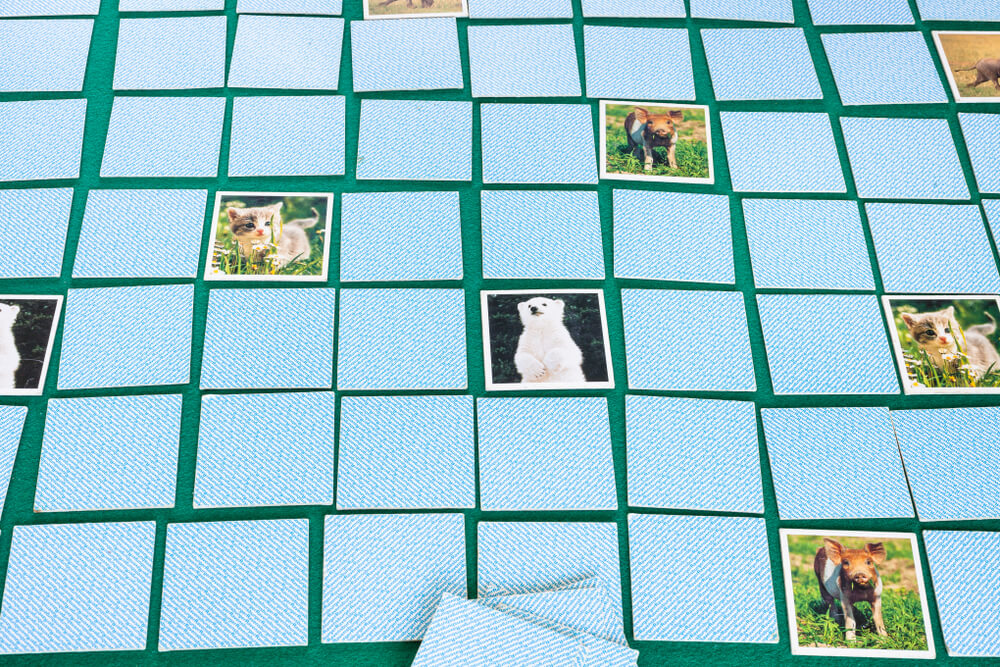
voe/Shutterstock
Boost memory skills with this classic memory-matching game. Use a pre-made set of cards or create your own based on a theme or subject the class has been learning about, such as space, shapes, animals, or food. Start by splitting children into small groups. Kids take turns flipping over two cards to find a matching pair—the one with the most pairs is the winner.
Once kids have got the idea, introduce a new spin on this matching memory game. Prepare by creating a set of cards of matching pairs (this could be countries, capital cities, or mathematical equations) and giving each student a card. Without showing their card to anyone else, kids must try to find the card that matches the one they hold, which is great for promoting interaction, discussion, and social skills, as well as recall.
Word Definition Competition
Help students gain a better grasp of vocabulary words with this fun classroom game. It’s very easy to organize, too. Simply write an unfamiliar word on the board (or call it out) and ask students to write down what they think it could mean. After reading out all the definitions, ask children to vote on which they think is the most likely to be correct. You may want to provide kids with some clues to help with particularly tricky words!
Another version of this game involves creating vocabulary stations around the classroom, each with its own vocabulary word. Now, ask students to visit each station in turn and come up with an original sentence containing this word. Children get a point for every correct sentence they write.
Chess
For slightly older kids, chess is an effective means of developing cognitive skills, including analytical and decision-making abilities.
If a rainy day means an indoor recess, giving pairs of students chess sets or organizing an impromptu championship could offer both entertainment and a chance to give young brains a workout.
For younger kids who may be unfamiliar with the game, there are plenty of easy ways to help them pick up the rules. Colorful chess sets designed specifically for children are helpful, as is making up stories about the different pieces and how they move on the board. Interactive chess software can also be very useful in helping students learn to play the game.
Kahoot
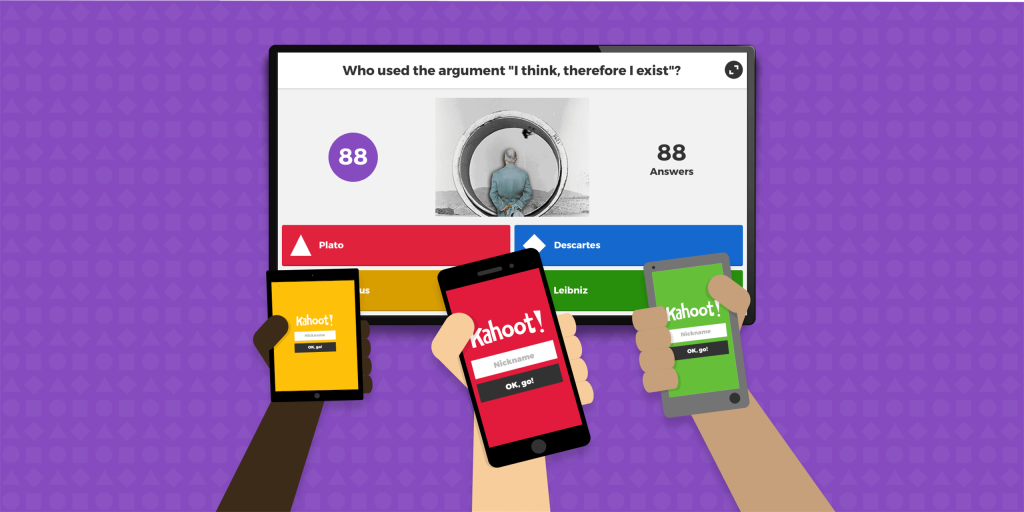
Credit: apps.microsoft.com
Online games like Kahoot offer a fun way of reinforcing learning. This platform is packed with interactive quizzes, as well as polls and puzzles. Tailor the activities to be relevant to what your class is learning about right now, and add to the excitement by splitting kids into groups to compete against each other to see who can score the most points. Whether you’ve got three minutes to fill before the school day ends or a longer period to keep children engaged, Kahoot is definitely worth checking out.
Top 5 Physical Games
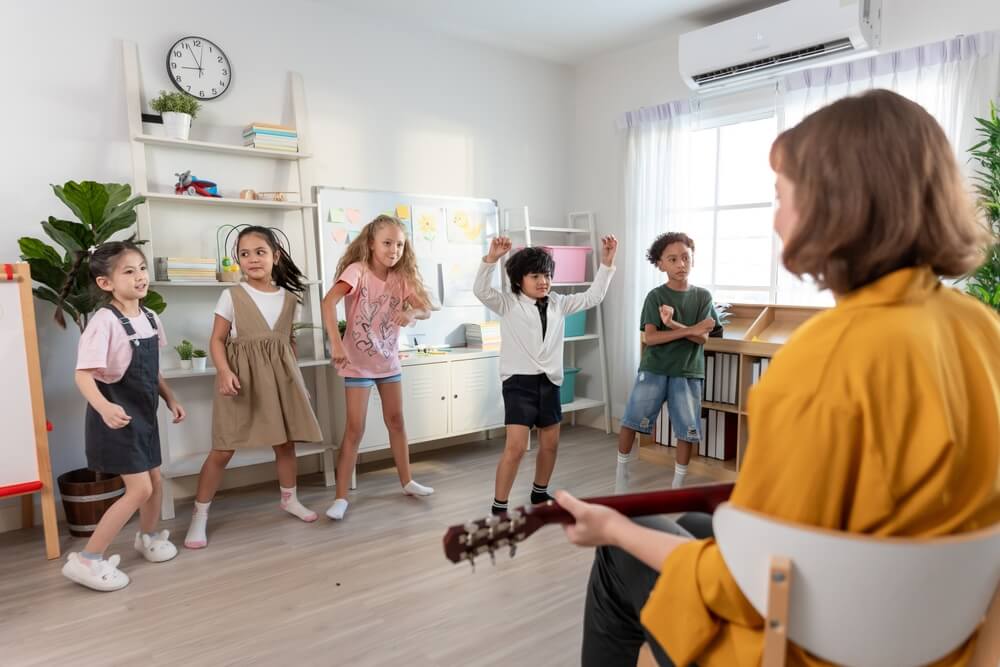
Hananeko_Studio/Shutterstock
Kids need movement throughout the day—not just during recess. These physical classroom games support coordination and fitness while giving children the chance to reset and refocus.
All Hands on Deck
Start by designating one side of the space as the ship and the other as the shore. The middle of the space is the deck, and this is where kids should gather to start the game. The idea is to call out sailing-related terms that students must respond to appropriately—otherwise, they are out of the game! When you call out “Attention!” kids must stand to attention with both arms straight down at their sides, and when you call out “All hands on deck,” children have to run to the “deck.” When “All hands on shore” is called, kids must run to the shore side of the space, and when you shout “All hands on ship,” it’s time to run to the ship side of the space.
Freeze Dance
Kids will love this fun game that’s a great way to burn off some of that excess energy! Gather the children together, put on some upbeat music, and encourage kids to dance in any way they like. When you pause the music at random intervals, everyone needs to freeze—anyone who wobbles is out! The last dancer still grooving is the winner.
Looking for a variation on this classroom game? Try Prop Freeze Dance! For this fun activity, kids choose a prop to dance with, such as a hat, a feather boa, or a long silk scarf. Ask children to think about how the prop suggests they move to the music; for example, they may wish to waft the scarf through the air like wings. As before, kids must freeze when the music pauses.
Fitness Dice
Start by assigning an exercise to each number on a die. For example, one could indicate a jumping jack, while two represents a lunge. Separate children into small groups and give each two dice. The first thrown shows the type of exercise the kids need to complete, while the second shows how many repetitions they should complete. So, if the group throws one on the first die and a four on the second, they need to complete four jumping jacks.
Walk Like an Animal!
Another super fun game to play in the classroom, Walk Like an Animal is sure to bring plenty of smiles. Plus, this activity is brilliant for promoting coordination, balance, and creativity. The idea of this game is that when you call out an animal, kids must mimic its movements.
So, for a frog, this could be low squat jumps, while a bear means crawling on all fours. Consider allowing students to choose their own animals to mimic to boost engagement or add some partner challenges, such as having pairs of children pull a rope to move like a snake.
Speed Stacking Challenge
Looking for a classroom game that boosts fine motor skills, hand-eye coordination, and focus? Then the Speed Stacking Challenge could be perfect! Give each student twelve lightweight stacking cups and ask them to stack and unstack these cups as quickly as possible, with the quickest crowned the winner! For an added twist to this classic challenge, pair kids with partners for teamwork stacking or have kids try to beat their own personal best times.
Top 5 Social Games
Developing social and emotional skills is just as important as academic growth. These group games encourage teamwork, communication, and connection, helping students build stronger relationships with their peers.
Classroom Jeopardy
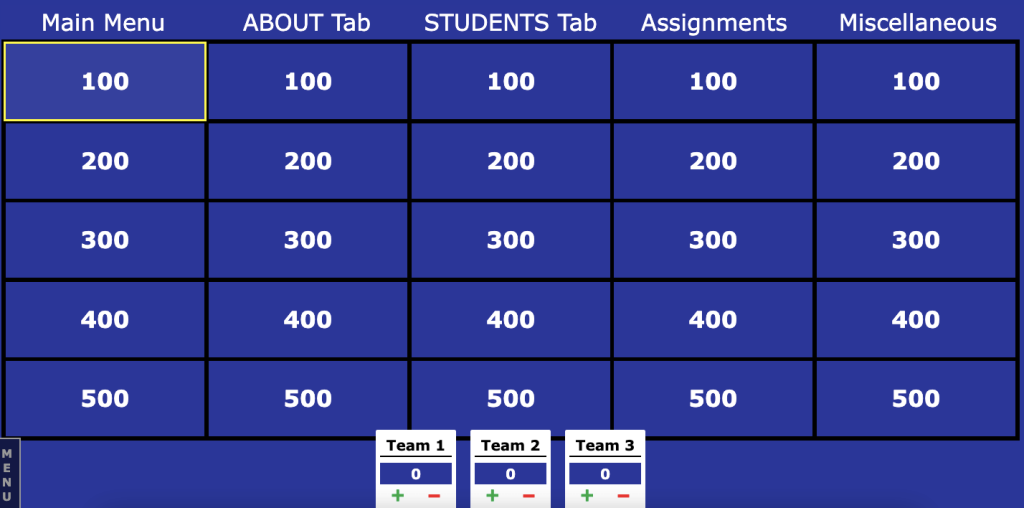
Credit: jeopardylabs.com
The team game Jeopardy can be easily modified for the classroom to help students review what they’ve learned and increase teamwork skills. There are plenty of online templates you can download for free to create your game. Basically, each team picks a category and point value for their chosen question. Once the question is posed, the team must confer to come up with the correct answer—if they’re right, this team wins the points. The team with the most points at the end wins.
Save the Egg
A team-building game with a messy element that kids will love, Save the Egg is recommended for slightly older children. Split kids into teams, give each an egg, and explain that they need to figure out ways to prevent the egg from cracking if dropped from a specified height. Children will need to be creative and work collaboratively to come up with solutions, which could range from creating an extra soft landing to finding a way to slow the egg’s descent. You may be surprised at just how many outside-the-box ways the kids dream up to save the egg!
Shrinking Classroom
When it comes to easy, quick games to play in the classroom, Shrinking Classroom is sure to be a winner. Put kids into teams of around four to six, and lay out a mat or small rug for each team. Students have to figure out how they can all fit together onto these mats or rugs. Once they’ve done this, put down something to make a smaller space, such as an unfolded newspaper or an A3 sheet of paper. Keep shrinking the spaces to make the challenge progressively harder.
Finding the Common Thread
A lovely activity that’ll help students get to know each other and build social connections, Finding the Common Thread, involves splitting children into small groups and having them find things they have in common.
Give each group five minutes to talk and discover their “common thread,” whether this is a love of going to the park, a favorite color, or the fact that they all have pet cats. Once each group has identified their shared thread, suggest they work together to create a flag to represent it.
Escape Room
Find Escape Room games online, or create your own, and turn the entire classroom into a giant puzzle for kids to solve! Divide students into teams and give each the riddles or puzzles they’ll need to complete, and ask that team members work together to “escape” the locked room! The beauty of this activity is that you can tailor it to a topic your class is currently learning about, incorporate plenty of math and literacy challenges, and design the game to best reflect the kids’ ability levels.
Top 5 Creative Games
Creative games bring imagination into the classroom, allowing kids to express themselves, experiment with ideas, and find joy in the learning process. These activities often combine multiple skills, from problem-solving to storytelling.
Classroom Bingo
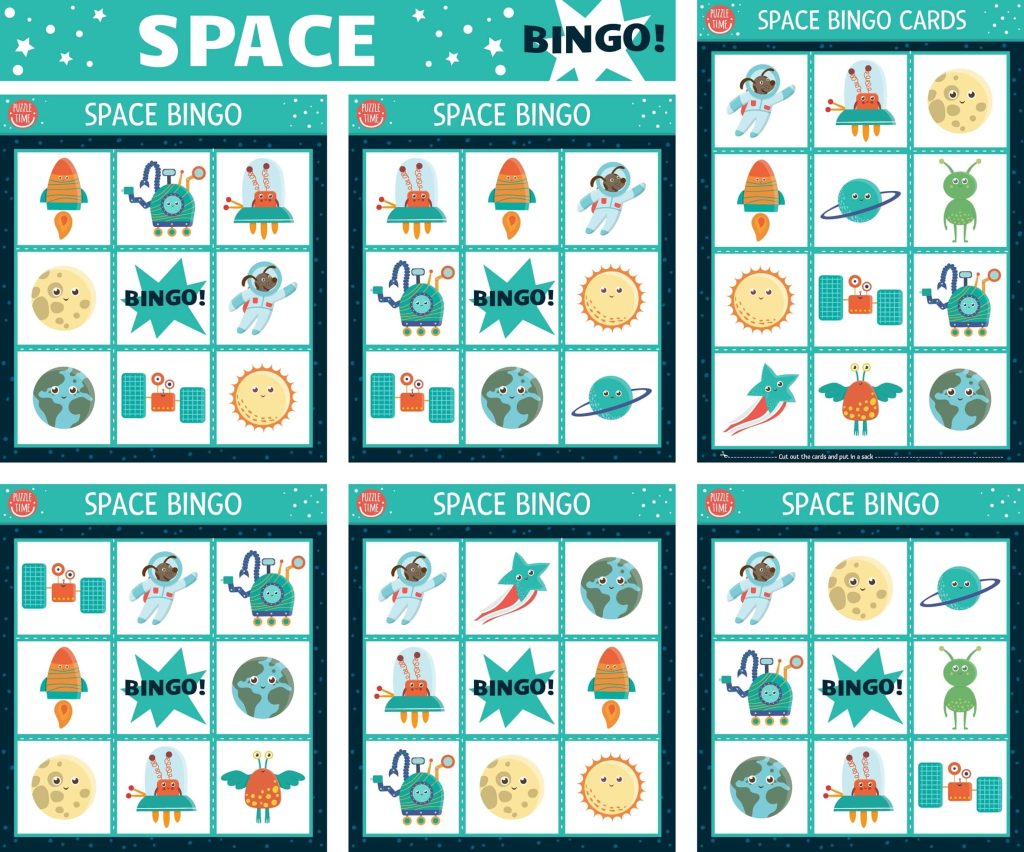
Lexi Claus/Shutterstock
Incorporate a session of bingo into your class’s learning to keep kids motivated and amp up engagement. Start by preparing a set of bingo cards that match a specific skill or subject you want children to practice, whether this is French vocabulary or countries around the world. Give each student one of these cards and then call out prompts that relate to one of the images on the cards, such as a definition or a question, or hold up a picture. The first student to get a line (or fill their entire card, depending on how much time you have) must shout “Bingo!” and is the winner.
Tic-tac-toe
This fun classroom game is great for helping kids think both strategically and creatively, and it is an effective means of reinforcing learning and skills.
Start by choosing a topic—this could be math problems, a historical period, or animals, for example—and then draw a tic-tac-toe board on a large sheet of paper or the whiteboard.
Now, split students into two groups: the Os and the Xs. Toss a coin to see which team starts. Ask this team a question related to the chosen subject. If this team answers correctly, they win either an O or an X (depending on which team they’re on) and can place it on the board. They also get the chance to answer another question.
If they answer incorrectly, the next team has the opportunity to answer a question. The first team to make a line on the tic-tac-toe board wins.
Classroom Pictionary
Pictionary is a picture-based word game that’s perfect for the classroom. Further, it’s excellent for helping promote creative and descriptive skills.
Split students into small teams, and give each a word or term related to a topic they’re learning about. Now have a member of the first team start drawing on the whiteboard to create an image representing that word—if their team members can correctly guess what they’re drawing within a specified time frame, that team wins the point. The team with the most points at the end of the game wins.
All About Me Activity
Try this activity at the beginning and end of a school year to help kids get to know each other (and themselves) better and track how they’ve changed over the intervening months.
Prepare a worksheet for each student (perhaps in the shape of a star) that contains the beginnings of sentences such as “My favorite subject is…” My favorite book is…” and “My favorite hobby is.” Children will be fascinated to see how their answers have perhaps changed from the start of one school year to the end.
Charades for the Classroom
A game of charades will get kids gesturing and learning at the same time—while having a whole heap of fun! Split students into teams and have one member of each team come to the front of the class. Give these children a subject-related phrase or word, start the timer, and have them mime or act it out while their teammates try to guess what it is. To get a point, kids must correctly guess the phrase or word before the time runs out.
For very young children, simplify charades by having kids act out an animal (for example, clucking and flapping their arms for a chicken) while the rest of the class guess what it is. Alternatively, ask kids to act out emotions or a character from a fairy tale.
Related: Best After-School Activities for Kids: Fun and Educational Ideas.
Tips for Implementing Classroom Games Effectively
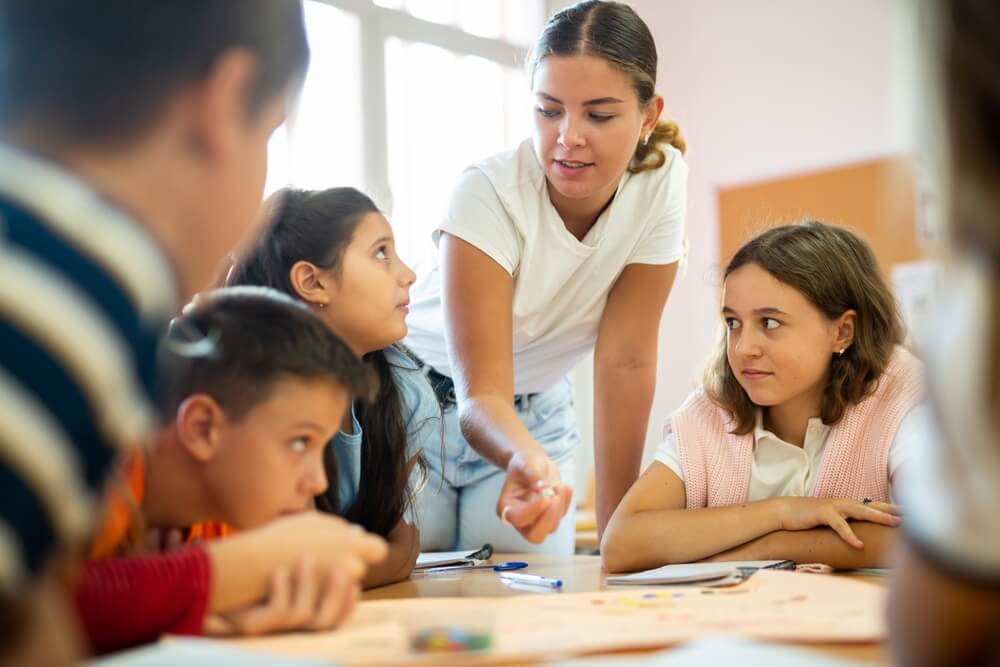
BearFotos/Shutterstock
Firstly, it’s important to ensure that the game you choose is age and ability appropriate for students to avoid frustration or boredom. It’s also crucial to be clear on the objectives when you select a classroom activity and think about what you want the children to get out of it. By the end of the game, would you like students to have a better grasp of a subject they’ve been learning, or is the idea to boost their self-confidence and social skills?
Provide kids with clear instructions before starting the game, and be sure that everyone understands any specific vocabulary or concepts required. Once the classroom game starts, you’ll need to constantly monitor progress and be on hand and available to answer any questions the children have.
For kids with different learning needs, there are lots you can do to ensure classroom games are both accessible and fun. This includes modifying the game’s rules so that there are different ways for kids to reach the same objective and using different communication methods, such as pictures or sign language. Further, breaking down the activity into manageable steps is important for children who may need a little more time or help.
Finally, once the fun is over, take some time to discuss and reflect on the activity with students to gauge what they’ve learned and what they enjoyed (or didn’t) about the game. This is invaluable as it allows you to make tweaks next time.
Boost Kids’ Learning—and Have Fun—with Great Classroom Games
Incorporating classroom games into your daily school schedule is a great idea. As well as enhancing all sorts of skills—from cognitive to social—they’re an effective means of consolidating learning, promoting teamwork, and making the classroom a fun and engaging place to be.
Use our ultimate list of classroom games and activities to get students more engaged with learning, motivated, and focused. As an added bonus, you’re likely to find kids are much better able to sit down and concentrate on “traditional” learning after letting off some steam with a fun-filled game. What’s not to love?
FAQs
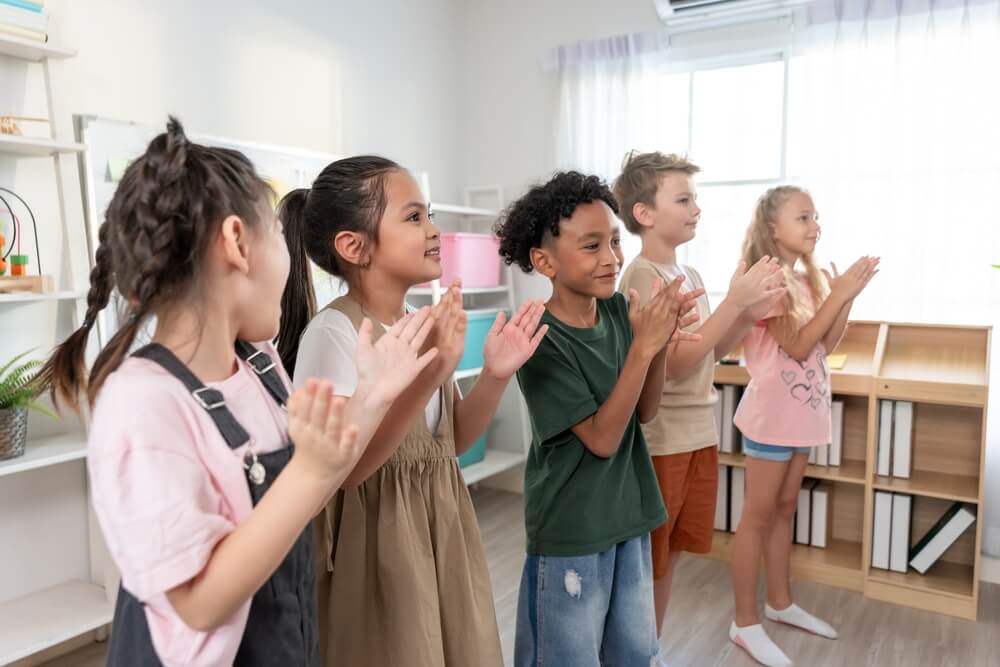
Hananeko_Studio/Shutterstock
How long should a classroom game last?
The ideal length of a classroom game will vary depending on factors such as the age of the students and the time you have available. A quick game could last just a few minutes, while a more involved activity, such as an Escape Room game, could take 30 minutes or more.
How can I adapt a game for kids with different learning abilities?
There are several steps you can take to adapt a classroom game for kids with different learning abilities. Firstly, you could modify the rules or provide different ways for children to reach the same objectives. Alternative communication could also be used, such as sign language, communication boards, and pictures, while breaking down the game into manageable steps can make it much more accessible for kids who require more help or time.
Can classroom games be used to teach specific subjects, like math or reading?
There are many classroom games that can be used or adapted to teach specific subjects, such as bingo, Kahoot, Escape Room activities, and word definition contests, all of which you can find examples of above.
Cover image: Studio Romantic/Shutterstock
Проверьте электронный ящик

